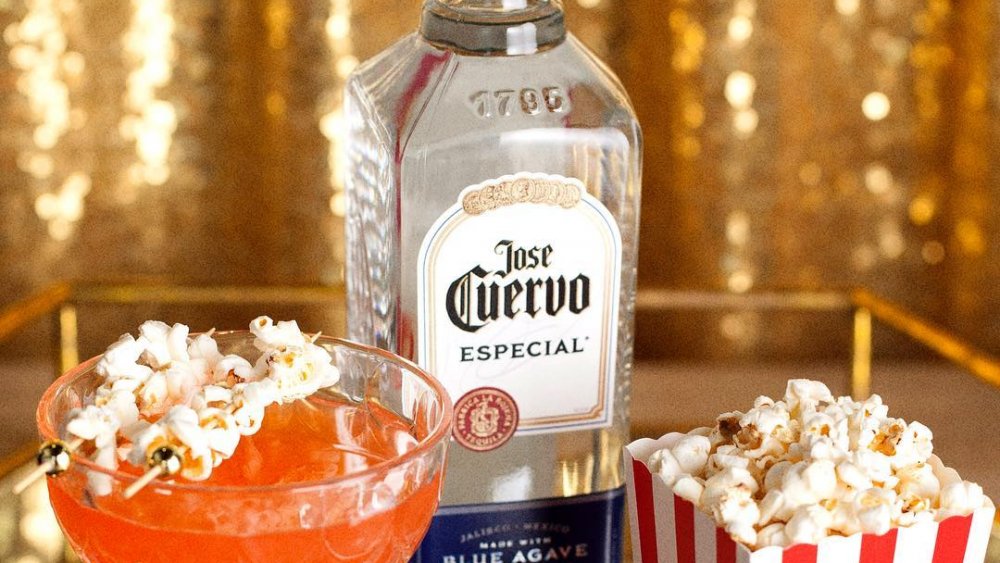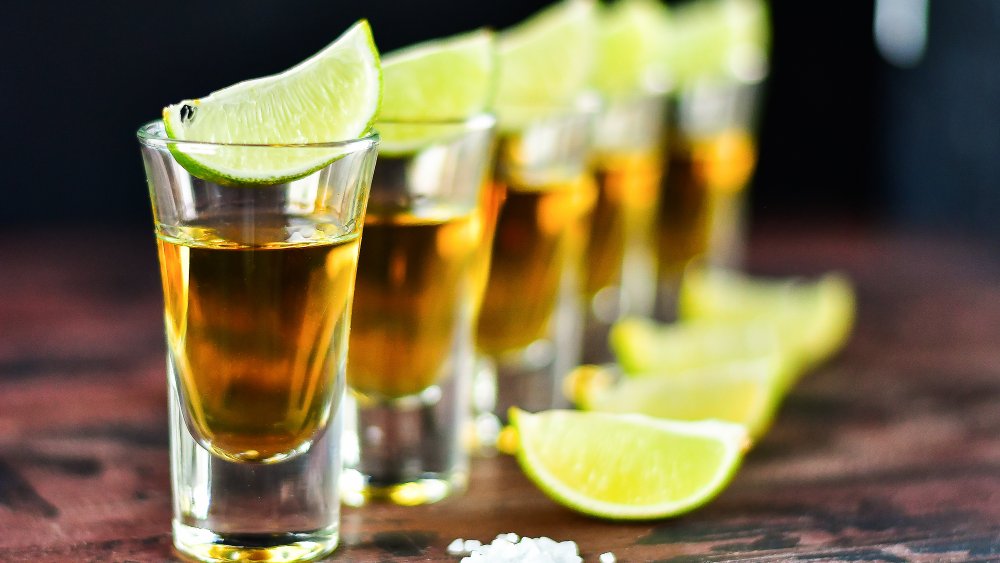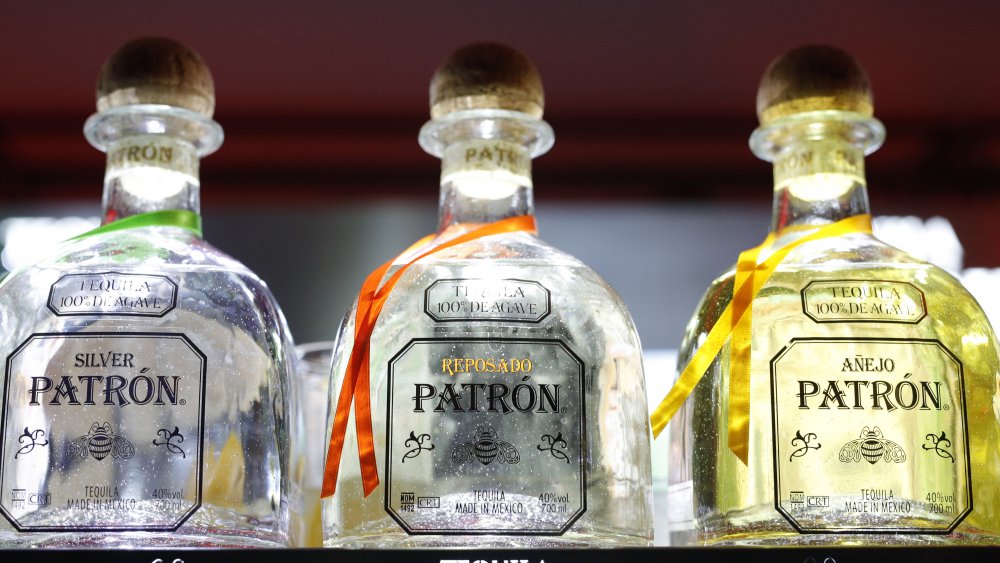Why You Should Avoid Drinking Jose Cuervo Especial
We don't blame you if you're partial to Jose Cuervo Especial. After all, it's a steal at less than $20 for a 750 milliliter bottle of Jose Cuervo Especial Silver or Jose Cuervo Especial Gold (via Bottled Prices). But what if we tell you the affordability of Jose Cuervo Especial also means that it's hiding a secret?
First, a little history: As Vine Pair points out, Jose Cuervo has been around since 1852, when King Ferdinand VI gave Jose Antonio de Cuervo y Valdes a piece of property to grow agave and produce tequila. The liquor made its way north and arrived in California by way of the miners who came to make their fortune when they heard of the Gold Rush. By 1795, King Carlos IV granted Jose Maria Guadalupe Cuervo y Montana the first-ever licensee to produce and distribute tequila.
Even so, the Cuervo family didn't exactly invent tequila. The drink predates them by more than a thousand years to when the Aztecs created pulque — the sweet sap that is extracted from the heart of the blue agave plant — and then fermented it (via Decanter). The making of the drink is fairly straightforward, and there'd be no discussion of secrets if Jose Cuervo had stayed true to the beverage's Aztec roots and used 100 percent blue agave.
Jose Cuervo Especial is a mixto
The Mexican government is very strict about the regulations that govern exactly what producers can call tequila, much in the same way that the U.S. is with bourbon and France is where champagne is concerned. However, there is also a cheaper version of tequila called a mixto, which allows distillers to blend 51 percent blue agave with 49 percent of a neutral spirit — usually sugar cane juice. Plus, they are allowed add sugar syrup, caramel coloring, oak extract, and almond extract to the drink, so it get as close to the taste of pure blue agave as possible (via The Daily Meal).
So, unfortunately, Jose Cuervo Especial, the blend that's used for tequila shots at frat and college dorm parties, is technically a mixto.
The best tequila is made entirely with blue agave
Experts agree that outstanding tequila is another beverage altogether. "Great tequila starts with great agave. First, you want to make sure that your tequila is 100% de agave, which means that all of the alcohol in the tequila is distilled from the agave plant," tequila expert Iliana Partida tells Business Insider. The best blue agave is harvested six years after it has been planted, and once it has been distilled, it is aged in steel or oak barrels. A young tequila, or Blanco, is aged for 60 days. Reposado is aged between 60 days to a year. Anejo, or "vintage", ages over a one to three year period, and Extra Anejo is aged for four years.
To enjoy 100 percent blue agave tequila, dispense with the lime slices and shot glasses and drink the liquor neat and slowly. Sommelier Javier Moreno Gomez says: "Tequila is known to have 600 different aromas. Some of them include citrus, mint, floral, honey, oak, almond, vanilla, butterscotch, chocolate, among others." If that sounds tempting, maybe save up and go for the good stuff next time you're purchasing a bottle of tequila. Connoisseurs say it's worth it!


